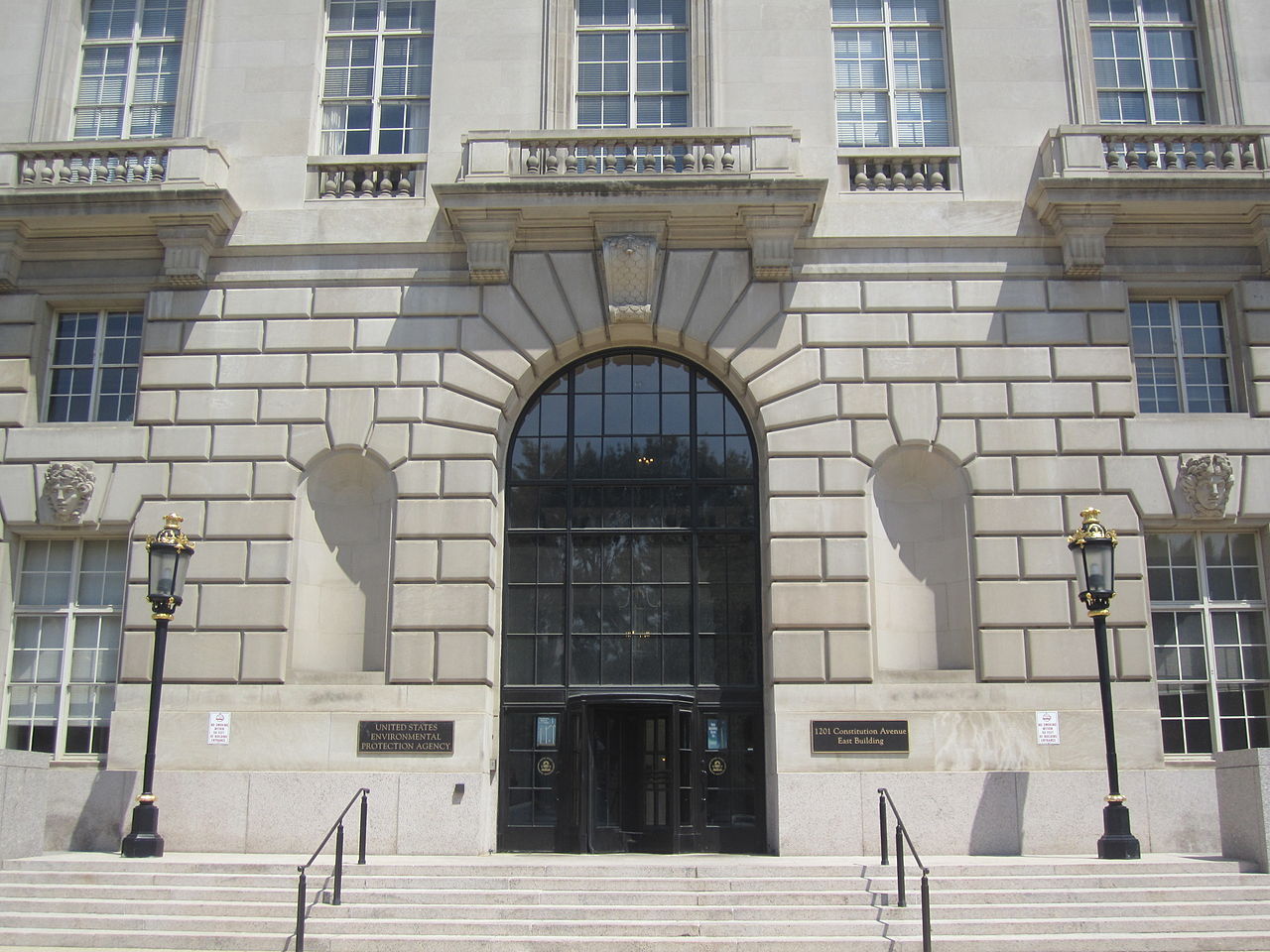
A year after the U.S. Environmental Protection Agency used its emergency authority to intervene in Flint, a group of residents has filed a lawsuit against the agency claiming it was negligent and that it mishandled the city’s water crisis.
The suit asks for $722 million in damages.
Now the plaintiffs are confronted with the rigors and hurdles of the judicial system which could be significant.

“Nothing has changed. Don’t believe what you’ve heard” Mike Harris on the situation in Flint, Michigan.
“People have been harmed and they have a valid complaint. They deserve compensation,” says Nick Schroeck, a Clinical Law Professor at Wayne State University in Detroit.
But Schroeck is quick to point out the legal barriers that could keep the suit from proceeding or from a favorable ruling or settlement.
First, Schroeck said he would expect the EPA to file a motion to dismiss the suit. EPA has never admitted any wrongdoing concerning Flint and has always pointed the finger at Michigan’s Department of Environmental Quality claiming that the Michigan agency mislead EPA.
And EPA has nothing to lose by filing the motion to dismiss, according to Schroeck.
Then Schroeck says there’s the” immunity defense” which says government officials acting in good faith are immune from legal action for just doing their job.
There’s also the time element.
If the suit goes to trial that’s likely years from now. Even if the parties decided to settle, settlements are rarely early in the process. Flint residents should be prepared for the long legal haul.
EPA did not respond to a request to comment.
But the process isn’t all bad news for the plaintiffs.
Schroeck says there is a credible counter to the immunity defense.
It doesn’t provide immunity if those protected by it were found to be negligent in doing their job. Negligence isn’t in question in Flint. It’s a matter of who was negligent, and to date EPA isn’t taking responsibility.
Then there’s information favorable to the plaintiffs that is already known and public.
In October of 2015 Flint citizens and the Natural Resources Defense Council formally petitioned the EPA requesting that it use its authority under the Safe Drinking Water Act to intervene.
EPA Great Lakes region administrator Susan Hedman responded by declining to intervene and provided a status update listing action Michigan’s DEQ was taking. Hedman resigned six weeks later without admitting any wrongdoing.
Wayne State’s Schroeck says that could make it harder for EPA “to say it was in the dark.”
There is also an EPA Inspector General’s report that said EPA knew that “state and local authorities were not acting quickly to protect human health” which could support the case for the Flint plaintiffs.
And Virginia Tech Professor Mark Edwards has testified before congress that EPA appeared to have “a policy of willful blindness… to the pain and suffering of Flint residents.” Edwards is one of the experts who helped expose Flint’s lead problems.
Then EPA administrator Gina McCarthy was resolute in defending the agency when she told congress that Michigan’s DEQ had been “intransigent, misleading and contentious” in its dealings with EPA on Flint.
Lawyers for the Flint residents said they had exhausted administrative remedies to their claims and are now entitled to pursue legal action.
The case is before U.S. District Court, Eastern District of Michigan. A copy of the suit is linked here.




